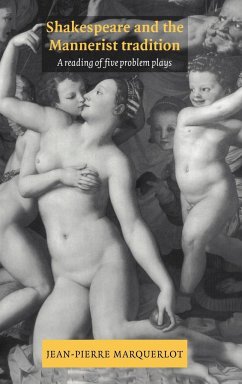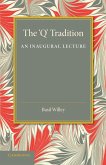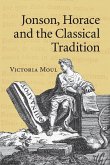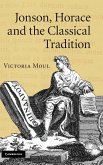This book offers an original approach to Shakespeare's so-called 'problem plays' by contending that they can be viewed as experiments in the Mannerist style. The plays reappraised here are Julius Caesar, Hamlet, Troilus and Cressida, All's Well That Ends Well and Measure for Measure. How can a term used to define a movement in art history be made relevant to theatrical analysis? Maquerlot shows how famous painters of sixteenth-century Italy cultivated structural ambiguity or dissonance in reaction to the classical canons of the High Renaissance. Close readings of Shakespeare's plays, from the period 1599 to 1604, reveal intriguing analogies with Mannerist art and the dramatist's response to Elizabethan formalism. Maquerlot concludes by examining Othello, which marks the end of Shakespeare's Mannerist experiments, and the less equivocal use of artifice in his late romances.
Table of contents:
Introduction; 1. The problem of Mannerism; 2. From art to theatre; towards a definition of Mannerism: illustrations and commentaries; 3. Mannerism in reaction to formalism; 4. Julius Caesar and dramatic coquetry; 5. Hamlet: optical effects; 6. When playing is foiling: Troilus and Cressida; 7. Mostrar l'arte: All's Well That Ends Well and Measure for Measure; 8.The end of the Mannerist moment.
This book contends that Shakespeare's so-called 'problem plays' can be viewed as experiments in the Mannerist style associated with sixteenth-century Italian painting. The plays reappraised here are Julius Caesar, Hamlet, Troilus and Cressida, All's Well That Ends Well and Measure for Measure.
Shakespeare's so-called 'problem plays' are examined as experiments in the Mannerist style.
Hinweis: Dieser Artikel kann nur an eine deutsche Lieferadresse ausgeliefert werden.
Table of contents:
Introduction; 1. The problem of Mannerism; 2. From art to theatre; towards a definition of Mannerism: illustrations and commentaries; 3. Mannerism in reaction to formalism; 4. Julius Caesar and dramatic coquetry; 5. Hamlet: optical effects; 6. When playing is foiling: Troilus and Cressida; 7. Mostrar l'arte: All's Well That Ends Well and Measure for Measure; 8.The end of the Mannerist moment.
This book contends that Shakespeare's so-called 'problem plays' can be viewed as experiments in the Mannerist style associated with sixteenth-century Italian painting. The plays reappraised here are Julius Caesar, Hamlet, Troilus and Cressida, All's Well That Ends Well and Measure for Measure.
Shakespeare's so-called 'problem plays' are examined as experiments in the Mannerist style.
Hinweis: Dieser Artikel kann nur an eine deutsche Lieferadresse ausgeliefert werden.








